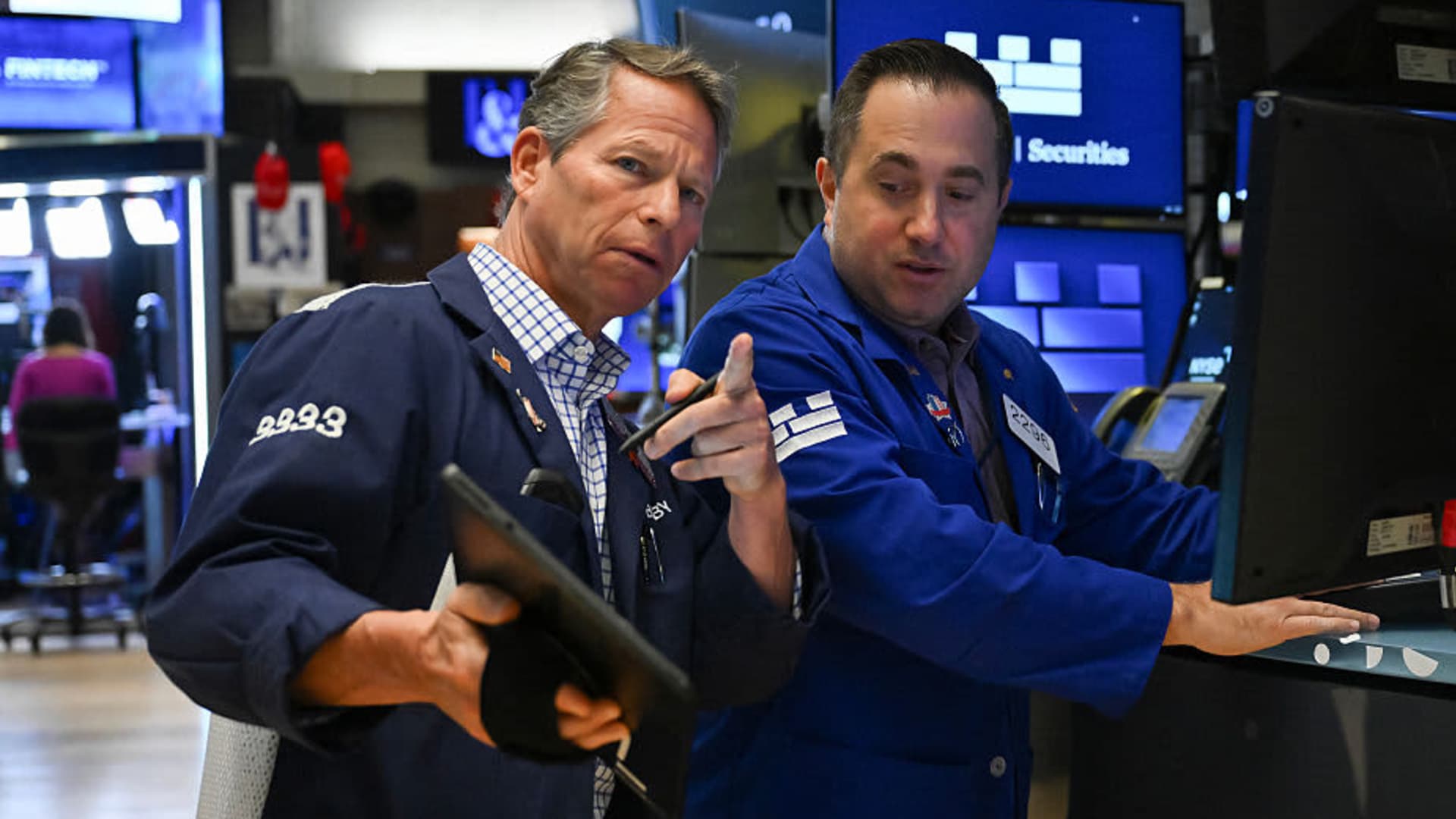Navigating Market Sentiment Amid Rising Middle East Tensions: Buy the Dip or Bail?
Geopolitical tensions in the Middle East have once again thrust investors into a familiar yet challenging conundrum: seize the opportunity to buy when markets dip or retreat to avoid deeper losses? This question has resurfaced amid recent volatility on Wall Street, forcing investors to weigh the lessons of history, market psychology, and strategic frameworks before acting. Understanding how these factors interlace offers crucial insight to navigate uncertainty with confidence rather than panic.
The Current Market Environment: Fear Meets Opportunity
Markets recently witnessed a notable downturn triggered by escalating Middle East tensions. This reaction occurred despite encouraging economic signals, such as a calming inflation report, which under different circumstances might have buoyed investor sentiment. The contrasting dynamics reflect a delicate tug-of-war: on one side, heightened geopolitical risk premiums prompt risk aversion and selling pressure; on the other, a faction of investors views dips instigated by such conflict as transient disruptions ripe for strategic entry points.
Such duality underlies much of market psychology during crises. Investors must ask: are we witnessing a knee-jerk flight from risk or the early phase of a deeper correction? Recognizing this can prevent falling into reactionary traps—selling low out of fear or buying prematurely on hope.
Historical Context: Lessons from Past Dips and Conflicts
The principle of “buying the dip” originates from contrarian investing, which advocates purchasing assets when fear has driven prices down below intrinsic values. History shows that dips linked to wars or geopolitical upheaval, while initially painful, often precede strong recoveries as markets stabilize and fundamentals reassert themselves.
Examining past episodes—from trade wars to military conflicts—reveals a pattern of short-term pullbacks followed by rebounds, consistent with markets’ long-term upward trends. Still, caution is warranted; not every dip signals a bottom. Experienced investors know that the “blood in the streets” is often only obvious after the fact, making precise timing more art than science. This historical perspective emphasizes measured assessment over emotional impulse.
Strategic and Technical Frameworks: Tools to Identify Buying Opportunities
Beyond intuition, technical indicators offer objective signals to assist in deciding when to buy dips. The 200-day moving average functions as an important trend filter; dips below this threshold can flag potential buying windows. Similarly, market stress gauges like the VIX volatility index provide context—readings below critical lows have historically aligned with market bottoms.
Large institutional investors have applied these frameworks aggressively, increasing positions in major indices and technology stocks despite ongoing geopolitical uncertainties. Their confidence reflects a long-term view that current selloffs are tactical pauses rather than structural breakdowns, underscoring the value of strategic metrics in guiding dip buying.
Psychological Challenges: Discipline Amid Volatility
While strategies and indicators help identify opportunities, the emotional landscape in turbulent markets often undermines rational decisions. Fear of further losses and the temptation to chase rebounds can lead to mistimed actions. The unpredictability of market bottoms makes timing notoriously difficult, reinforcing the need for a comprehensive investment plan that tempers impulsivity.
Prominent financial advisors recommend cautious optimism—acknowledging the potential for recovery while preparing for volatility’s persistence. This balanced mindset mitigates overexposure and preserves capital, enabling investors to withstand shocks without derailing long-term objectives.
The Geopolitical Factor: Catalyst or Cautionary Signal?
Middle East conflicts add layers of uncertainty, given their direct impact on energy markets, supply chains, and inflation expectations. These economic variables amplify volatility and risk premiums, complicating the risk-reward calculation. Yet, history suggests geopolitical crises often create buying opportunities as market fundamentals ultimately normalize post-conflict.
Investor responses should align with individual profiles: long-term holders may view dips as chances to lower cost bases and strengthen portfolios, whereas short-term traders might prioritize hedging and preservation. This differentiation highlights the importance of matching strategies to tolerance levels and investment horizons amid geopolitical storms.
Balancing Fear and Opportunity: Making the Decision
Deciding whether to buy the dip or bail under rising Middle East tensions embodies the broader truth that investing lacks universal formulas. While historical resilience encourages disciplined dip buying, success hinges on clear evaluation, robust strategy, and emotional control.
Astute investors integrate historical insights with current market data—monitoring technical signals, analyzing geopolitical developments, and calibrating exposure accordingly. Buying the dip becomes less an instinctive reaction and more a calculated commitment to market resilience tempered by prudence.
Ultimately, choices rest on personal circumstances, goals, and risk appetite. What remains constant is the value of thoughtful analysis over slogans, tempered conviction over impulse. Navigating uncertain markets requires a blend of patience, flexibility, and strategic awareness—a balance between seizing opportunity and guarding against risk that determines long-term success.

